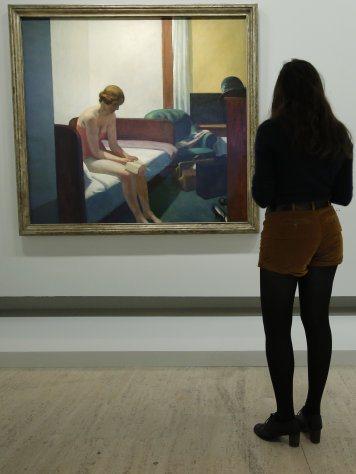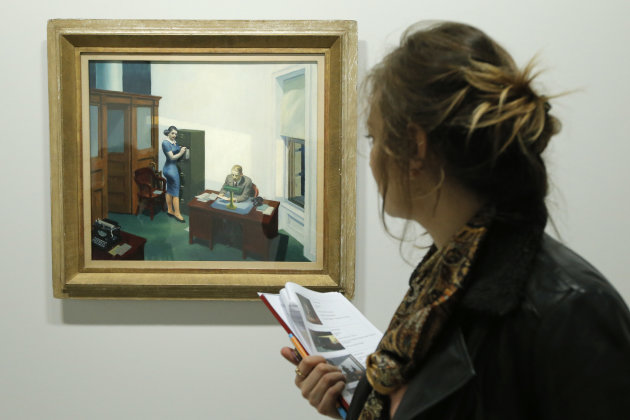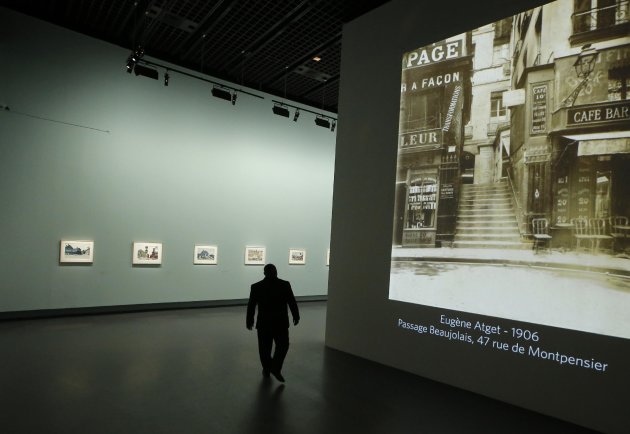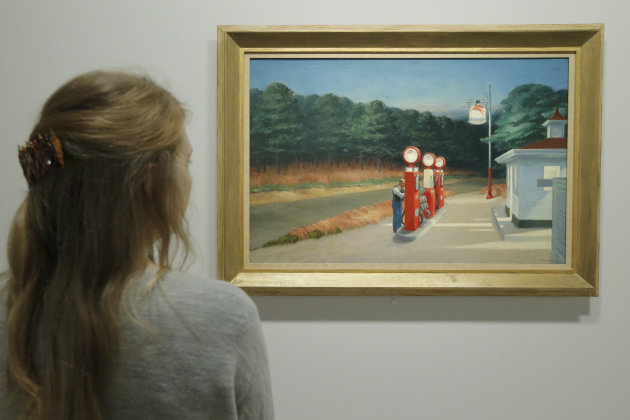'Royal Treasures From the Louvre' review
Kenneth Baker
Updated 7:34 p.m., Friday, November 16, 2012
"Royal Treasures From the Louvre: Louis XIV to Marie-Antoinette," which opens last Saturday at the Legion of Honor, brings into view an array of decorative art objects that have seldom, if ever, left France.
The exhibition serves as "a kind of prologue, an overture," Louvre director Henri Loyrette said in conversation, to a five-year programming agreement between France's greatest museum and the Fine Arts Museums of San Francisco.
"Royal Treasures" and the long-term agreement arose, Loyrette said, from discussions with John Buchanan (1953-2011), when he was director of the Fine Arts Museums.
"When you do a big exhibition, it's almost always a one-shot," Loyrette said. "A few curators work a lot together for a long time, and that's it. It's not long lasting and not very significant for the institutions themselves. It's more interesting to have this process on a regular basis, which involves all the staff, not only the artistic questions, but education and publications, all that makes a museum today. ... So we had this idea of a five-year partnership."
Refurbishment of the Louvre's 18th century decorative arts galleries occasioned the substantial loans that "Royal Treasures" entailed. But the five-year agreement between the Paris and San Francisco institutions will mean modest projects at first.
The two already planned involve bringing together companion works by single artists owned by the respective museums: paintings by the British Romantic John Martin (1789-1854) and portrait sculpture by Jean-Antoine Houdon (1741-1828).
Anticipating public curiosity about the possible loan of Louvre's greatest hits by artists such as Rembrandt, Leonardo da Vinci and Jacques-Louis David, Loyrette said, "We hope to go through various techniques and departments over time. In the far future, we will have a large exhibition. But we have just begun to discuss it."
"Royal Treasures From the Louvre" will have its constituency, but that does not include me.
I am as much in awe as anyone of the feats of craftsmanship presented here with unexceptionable stagecraft. Consider the 1756 "Figure of a Naiad," with its porcelain figurine stranded beside a gilt-bronze palm tree on the gilt-bronze island of a base. As fantasy landscape sculpture, as well as a product of expert collaborators, the "Naiad" is hard to top.
Plenty of other things here, including the stone-inlaid "Mosaic Tabletop With Emblems of Louis XIV" that serves as one of the exhibition's signature images, will have jaws dropping.
But is yet another "treasures" exhibition the best use of a city museum's straitened resources? The question ought to reverberate though museum culture today. "Royal Treasures" and its ilk on the exhibition front reduce museum-going to the higher window shopping: No, you couldn't afford this - though today's robber barons could - but why, apart from the sting of injustice, should you care?
"Royal Treasures" tries gingerly to make the case that Louis XVI, who lost his head to history in 1793, had more public-spirited bones in his body than his executioners credited. He, after all, first established what became the Musée du Louvre as a public exhibition space.
But the excesses of pre-modernist courtly taste play poorly in postmodernist retrospect. (Startlingly, Marie-Antoinette looks like a minimalist of her day in the account of her affinities given here.)
"Royal Treasures" might seem to have anticipated a Romney presidency, had it not been planned years earlier. Instead, it merely rekindles the Reaganite vision of private wealth and public squalor that has polluted not just politics but also American imagination for decades.
Royal Treasures From the Louvre: Louis XIV to Marie-Antoinette: Decorative arts. Through March 17. Legion of Honor. Lincoln Park, S.F. (415) 750-3600. www.legionofhonor.famsf.org.
Kenneth Baker is The San Francisco Chronicle's art critic. E-mail: kennethbaker@sfchronicle.com
Read more: http://www.sfgate.com/art/article/Royal-Treasures-From-the-Louvre-review-4044284.php#ixzz2Cbg2WAe1

























